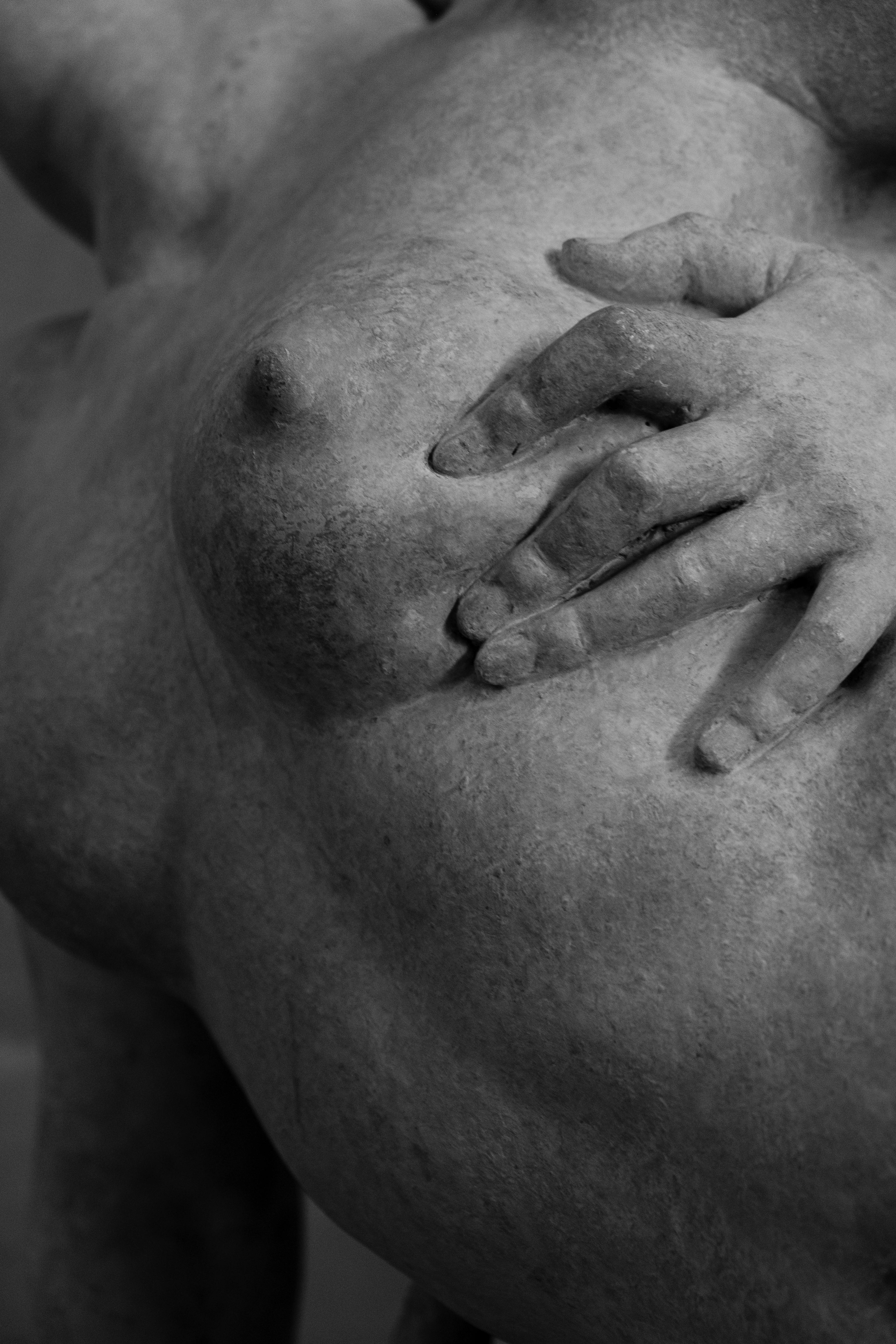With the emergence of China, South Korea and Singapore as global financial centers, the Kawaii merchandise and product recognition has shifted again to the East. Japanese media is used so abundantly in Singapore that youths are more probably to mimic the vogue of their Japanese idols, learn the Japanese language, and proceed buying Japanese oriented merchandise. Wikimedia Commons has media associated to Kawaii-kei. The palatable traits of kawaii have made it a worldwide hit, resulting in Japan’s global picture shifting from being recognized for austere rock gardens to being known for “cute-worship”. In his ebook The facility of Cute, philosophy professor Simon May talks in regards to the 180 diploma flip in Japan’s history, from the violence of battle to kawaii beginning across the 1970s, in the works of artists like Takashi Murakami, amongst others. While Japan is the origin and Mecca of all things kawaii, artists and businesses world wide are imitating the kawaii theme. This is an effort on the part of Glenat to bring recent new content and breed a new technology of manga-inspired artists that grew up studying manga.
 You, Me and Dupree Lance Armstrong is reading Dupree’s e-book. “Excessive was my joy at studying this intelligence so earnestly-desired, so little expected. Quotes and paraphrases from: Yuri Kageyama (June 14, 2006). “Cuteness a hot-selling commodity in Japan”. Michel, Patrick St (April 14, 2014). “The Rise of Japan’s Creepy-Cute Craze”. Mitani, Koki (May 29, 2004). “Kamikaze Girls”. 2004). “The impression of japanese popular tradition on the Singaporean youth”. Ogawa, Takashi (December 25, 2019). “Aichi exhibition showcases Rune Naito, pioneer of ‘kawaii’ tradition”. RiRi, Madame (February 25, 2012). “Some Japanese customs that will confuse foreigners”. The emergence of Japanese culture can be traced again to the mid-1980s when Japan turned one of the economic powers in the world. Also, the doll Barbie, portraying an adult lady, didn’t change into successful in Japan in comparison with Takara’s Licca, a doll that was modeled after an 11-yr-old woman. The primary program was an interview with John and Bo Derek, adopted by footage of January playmate Shannon Tweed, the West German adult film Vanessa, and a magazine options including “Ribald Classics”. For example, Cabbage Patch Kids dolls did not sell properly in Japan, because the Japanese thought of their facial options to be “ugly” and “grotesque” in comparison with the flatter and virtually featureless faces of characters similar to Hello Kitty.
You, Me and Dupree Lance Armstrong is reading Dupree’s e-book. “Excessive was my joy at studying this intelligence so earnestly-desired, so little expected. Quotes and paraphrases from: Yuri Kageyama (June 14, 2006). “Cuteness a hot-selling commodity in Japan”. Michel, Patrick St (April 14, 2014). “The Rise of Japan’s Creepy-Cute Craze”. Mitani, Koki (May 29, 2004). “Kamikaze Girls”. 2004). “The impression of japanese popular tradition on the Singaporean youth”. Ogawa, Takashi (December 25, 2019). “Aichi exhibition showcases Rune Naito, pioneer of ‘kawaii’ tradition”. RiRi, Madame (February 25, 2012). “Some Japanese customs that will confuse foreigners”. The emergence of Japanese culture can be traced again to the mid-1980s when Japan turned one of the economic powers in the world. Also, the doll Barbie, portraying an adult lady, didn’t change into successful in Japan in comparison with Takara’s Licca, a doll that was modeled after an 11-yr-old woman. The primary program was an interview with John and Bo Derek, adopted by footage of January playmate Shannon Tweed, the West German adult film Vanessa, and a magazine options including “Ribald Classics”. For example, Cabbage Patch Kids dolls did not sell properly in Japan, because the Japanese thought of their facial options to be “ugly” and “grotesque” in comparison with the flatter and virtually featureless faces of characters similar to Hello Kitty.
The brand new Yorker “Fact: Shopping REBELLION: What the youngsters need”. Shiokawa. “Cute But Deadly: Women and Violence in Japanese Comics”. Alongside their numerous acclaimed lengthy-kind series they’ve additionally been partial to dabbling in items leaning additional in the direction of the observe of experimentation, from stand-alone shorts reminiscent of Sex and Violence with Machspeed, to short-kind collection akin to Inferno Cop, and the subject of this evaluate: Space Patrol Luluco. It’s important to create that competitors. Kawaii manga and magazines have brought large revenue to the Japanese press industry. And characters associated with kawaii are astoundingly in style. The dissemination of Japanese youth vogue and “kawaii culture” is normally related to the Western society and developments set by designers borrowed or taken from Japan. See “(Research Paper) Kawaii: Culture of Cuteness – Japan Forum”. The aesthetic cuteness of Japan could be very interesting to individuals globally. It is based on the Japanese idea of cuteness(Kawaii).
The Kawaii concept has become something of a worldwide phenomenon. Things like Sanrio, Pusheen, Gudetama and more are some popular kawaii issues. Sanrio, the company behind Hello Kitty and other similarly cute characters, runs the Sanrio Puroland theme park in Tokyo, and painted on some EVA Air Airbus A330 jets as properly. Journal of Consumer Advertising. Japanese kawaii seemingly operates as a heart of global recognition on account of its affiliation with making cultural productions and consumer products “cute”. Taiwanese tradition, the federal government specifically, has embraced and elevated kawaii to a brand new degree of social consciousness. The elimination of exoticism and nationwide branding has helped kawaii to reach numerous target audiences and span each culture, class, and gender group. Wikiquote has quotations associated to Kawaii. Time Asia: “Arts: Kwest For Kawaii”. Sebastian Masuda, owner of 6%DOKIDOKI and a global advocate for kawaii influence, takes the standard from Harajuku to Western markets in his shops and artwork.